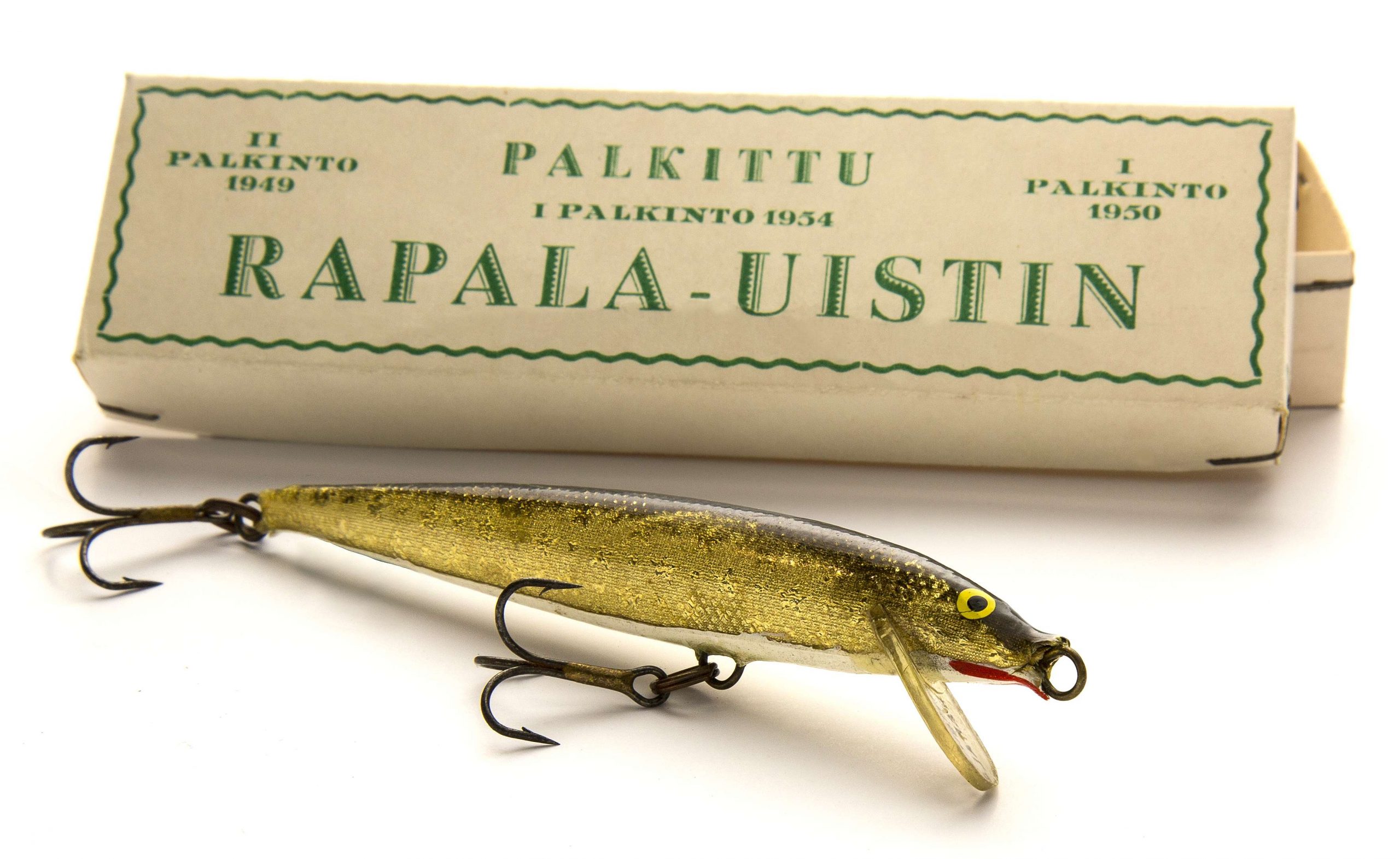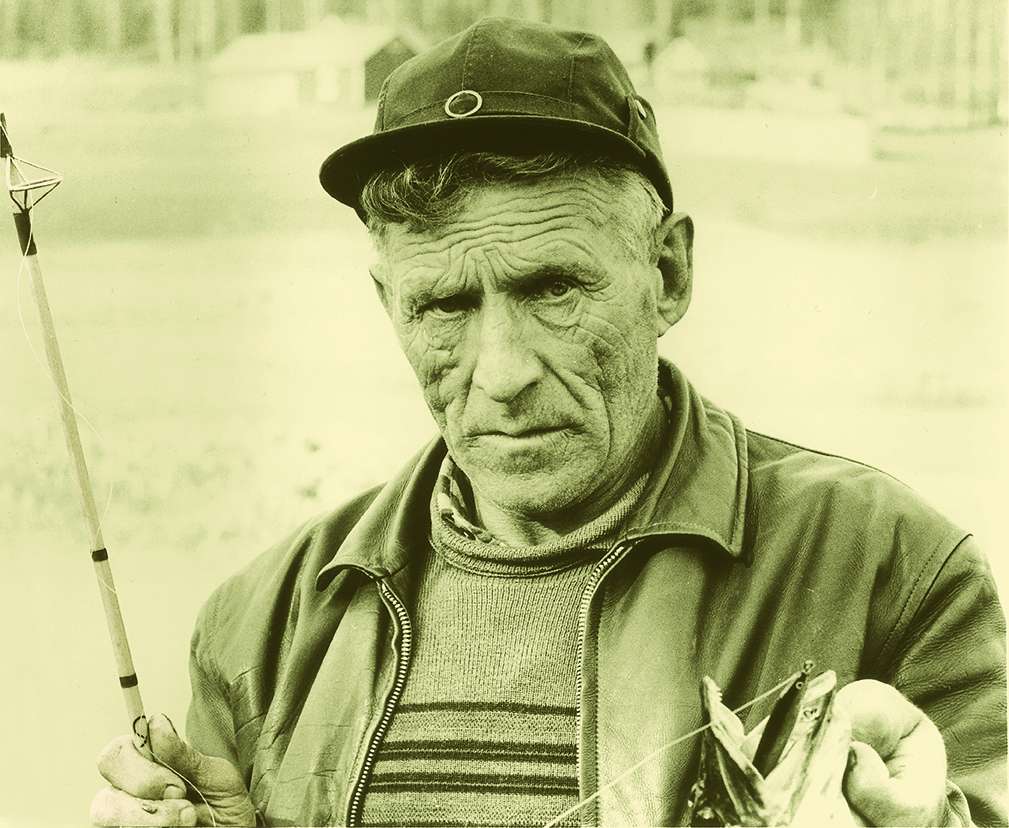
When Lauri Rapala carved his first lure, it’s certain he had no idea of the impact it would have on the rest of the angling world. He was simply trying to create an effective way to catch more fish to feed his growing family.
In 1936, living on the shores of Lake Paijanne in southern Finland, Rapala survived through sustenance fishing and farming. Poor and barely educated, he couldn’t have known or even considered how effective his lures might be on species of fish outside his native country.

Eighty years later, the “Original Floater” minnow continues to drive sales for what has become the largest lure manufacturing company in the world. And it’s all because Rapala discovered a unique way to evoke the predatory instincts of gamefish with basic movement — the very movements consistently delivered through his simple, yet effective balsa creation.
Handmade, Tank Tested
Rapala’s discovery didn’t happen overnight. It took considerable time, in fact.
Working alongside several friends, he whittled the wood of local trees to form his first crude, minnow-shaped lures. Once the body shapes were to his liking, he added hooks. To complete the package, he coated his lures with lacquer and a gold metallic dust to give them a reflective quality.
Soon he began shaping the bodies from balsa, which offered better buoyancy. And through the recommendation of a family member working in the printing business, he learned to finish his lures with reflective foil. Although foil provided a more brilliant flash, the glues used to adhere the material would eventually break down from prolonged exposure to water.
One day he met a professional photographer who suggested using negative material to coat his lures. By cutting and wrapping the material to conform to each lure body, he then applied acetone to relax and seal it. Problem solved. Now his balsa minnows could survive repeated use. To assure each would perform with consistency, Lauri swam them in a nearby stream. As time passed, this practice was moved to a test tank.
Although his initial target species wasn’t the black bass, Rapala’s design soon found its way stateside and into the hands of Ron Weber — a savvy tackle rep from Minneapolis, Minn. Weber had heard of the lure’s effectiveness and realized an opportunity. Partnered with area tackle dealer, Ray Ostrom, they placed their first order for Original Floaters in 1959 and subsequently became the exclusive distributors of Rapala lures throughout North America.
To this day, each Floater Minnow is hand-tuned and tank-tested. And though many other companies have tried to knock them off, none match the unique swimming characteristics of the Original Floater.
Through trial and error, Lauri Rapala figured out how to make the lure dart and flash, as though it were wounded and struggling to swim. His lure also possessed a certain wobble, which was later termed the “Rapala roll” — a unique movement whereby the body of the lure rolls up on its side during the retrieve.
This unique side-to-side pivot is what gives the lure so much additional action and flash when compared to its imitators.
Expanding On Demand
Word of the Original Floater was spreading organically — from angler to angler and tackle shop to tackle shop. Then, on Aug. 17, 1962, a story about Lauri Rapala and his lures appeared in Life magazine — one of the most popular publications in the country at that time. It turned out to be the all-time best-selling issue, though not because of a fishing story. It was also the issue that covered the death of the legendary Marilyn Monroe.
The number of people who saw that issue was unprecedented, and it exposed the country to Rapala in a way that couldn’t have been anticipated. Legions of anglers saw the Rapala lures in Life and started coming up with new and productive ways to use the Original Floater.
Anglers wanting a more subsurface presentation began weighting the lure to make it suspend or slowly sink. These were the earliest suspending jerkbaits. In response, Rapala developed the Countdown Minnow, which offered a perfect subsurface retrieve right out of the box.
Since its U.S. introduction in the 1950s, the Original Floater has morphed into other styles, as well — including the Husky Jerk, Flat Rap and ScatterRap Minnow. The idea was to expand on the same basic concepts that Lauri Rapala introduced in the previous century, yet make them more applicable to a wider range of species, depths and techniques. That strategy is paying off.
If you believe “imitation is the sincerest form of flattery,” then Lauri Rapala has been heaped with praise. His Original Floater has been the source of inspiration for hundreds of lure makers through the decades.
And it all began with a man just trying to feed his family.
To learn more about Lauri Rapala and the introduction of the first jerking minnow, check out John E. Mitchell’s outstanding book titled, “Rapala, Legendary Fishing Lures.” Available through Amazon.com.

